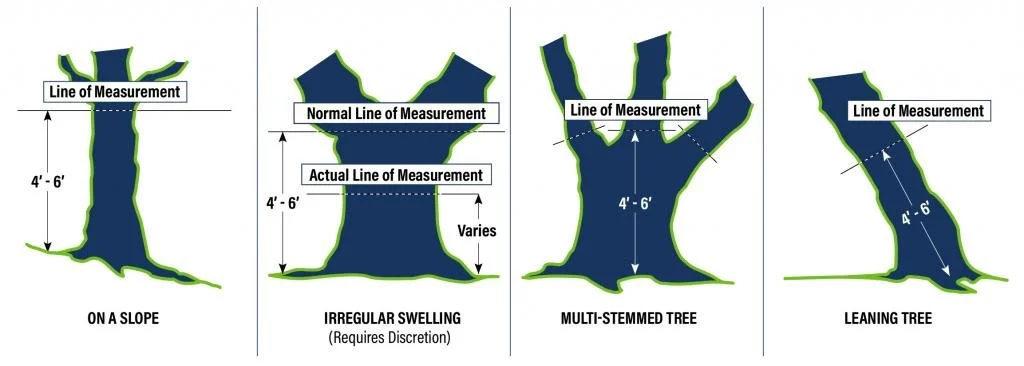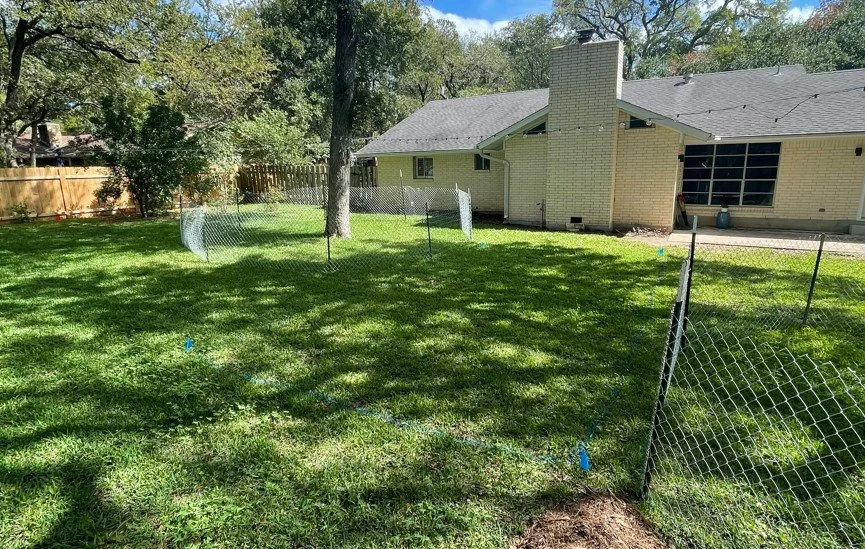Tree Protection in Austin: What You Need to Know Before Construction Begins
In Austin, trees are more than just beautiful additions to the landscape—they are protected by city regulations to preserve our environment and ensure a sustainable future. If you're planning on building a swimming pool in Austin, understanding how tree protection works is essential before construction can begin. Here’s what you need to know about tree protection and the common measures required to safeguard them during your project.
Why Are Trees Protected in Austin?
Austin is known for its green spaces, and the city has enacted strong protections for trees, especially large or heritage trees. Trees provide a range of environmental benefits, including:
Improving air quality by absorbing pollutants.
Reducing heat in urban areas by providing shade and lowering temperatures.
Preventing soil erosion and promoting healthy ecosystems.
Enhancing property values with their natural beauty.
Because of these benefits, the City of Austin has specific regulations in place to ensure trees, particularly larger ones, are preserved and protected during construction projects.
What Are Protected Trees?
In Austin, the city protects most trees that are larger than 19 inches in diameter, measured 4.5 feet above the ground. These are referred to as protected trees.
How to measure tree diameter. Image credit: City of Austin
Additionally, heritage trees, which include species like live oaks, Texas ash, and pecans with diameters of 24 inches or greater, receive even stricter protections.
If your pool project involves working near one of these trees, special permits and careful planning are required to ensure their preservation.
Please note, tree protection is required for ALL trees where there will be construction activity, even trees in the front and side yards that are near an access path (as shown in the example below) or where trenching will occur.
Example of tree protection fencing, muclh, protection boards, and plywood pathway
Common Tree Protection Measures for Pool Construction
Before your pool construction can begin, the City of Austin typically requires you (and your builder) to follow specific tree protection measures to avoid damaging the trees on your property. Here are the common steps taken:
Tree Protection Plan When you apply for a pool construction permit, you will likely need to submit a Tree Protection Plan as part of the process. This plan outlines the trees on your property, specifies which ones are protected, and details how you will safeguard them during construction.
Critical Root Zone (CRZ) Protection Trees rely on their roots for survival. The Critical Root Zone (CRZ) is the area surrounding a tree where its roots are most vulnerable. To protect the tree, you must avoid disturbing this zone, typically measured as one foot of radius for every inch of the tree’s diameter. (For example, if your tree is 20 inches in diameter, the CRZ extends 20 feet from the tree’s base.)
During construction, fencing is usually required around the CRZ to ensure no equipment, materials, or workers disturb the roots. Some other common tree protection measures include mulch, plywood, and trunk protection boards. You may also need to adjust your pool design to minimize any impact on trees' CRZ.
Avoid Trenching Near Trees Pool construction often requires digging and trenching for plumbing and electrical lines. However, cutting through roots can be detrimental to trees. In many cases, the city will require you to route trenches around the CRZ to prevent root damage.
In cases where excavation within the CRZ is unavoidable, careful hand-digging or using tunneling techniques under the root system may be required.
Mulching and Irrigation Protecting trees also involves mulching within the CRZ to retain moisture and prevent soil compaction. Additionally, trees may need extra irrigation during construction to compensate for any stress caused by nearby activity. This helps keep trees healthy, especially during Austin’s hot summer months.
Monitoring During Construction The City of Austin may require ongoing monitoring of tree protection measures throughout your pool construction. This could involve inspections to ensure that protective fencing remains in place, and no unauthorized activity occurs within the CRZ.
Critical Root Zone (CRZ) Example
In this example, the tree measures 20” in diameter. The CRZ extends 20 feet from the base of the tree. You can dig into the ground in the outer half of the critical root zone (in this example: between 10 to 20 feet from the base of the tree).
image credit: City of Austin
What Happens if a Tree is Damaged?
If tree protection measures aren’t followed and a tree is damaged, the consequences can be significant. The City of Austin may impose fines, require remediation efforts, or even halt construction until the issue is resolved. In some cases, property owners may be required to plant new trees to replace those lost due to negligence. It’s important to hire a pool builder who is familiar with these requirements!
Example of tree protection fencing near a pool excavation site
Planning Ahead for Tree Protection
Before starting your pool project, it’s essential to work with a knowledgeable pool builder who understands the City of Austin's tree protection regulations. By planning ahead and incorporating tree protection measures into your construction process, you can ensure compliance with city rules while preserving the natural beauty of your property.
At Texas Tiny Pools, we take tree protection seriously. Our experienced team is familiar with Austin’s regulations and can guide you through the permitting process, helping you design and build your pool while safeguarding your trees. Contact us today to learn more about how we can help you achieve your dream pool while preserving the environment.




